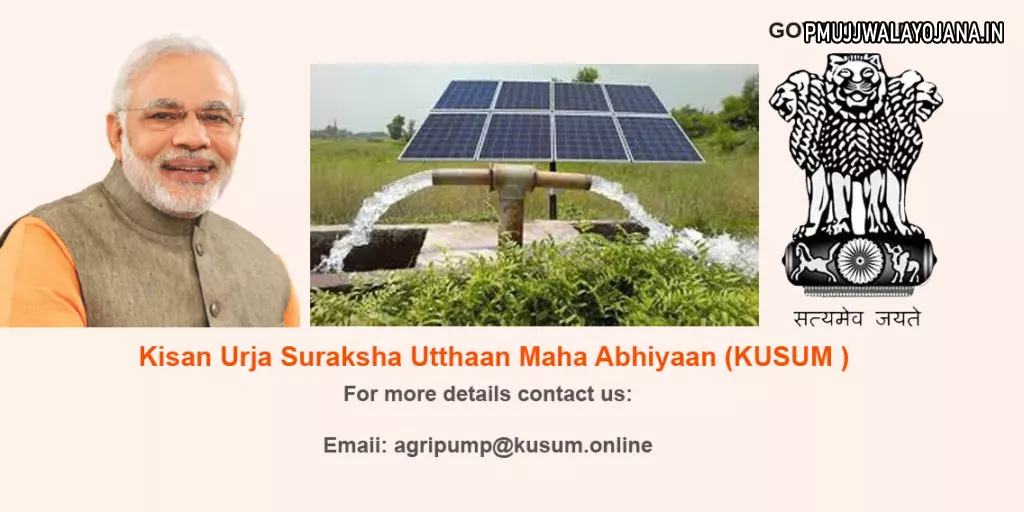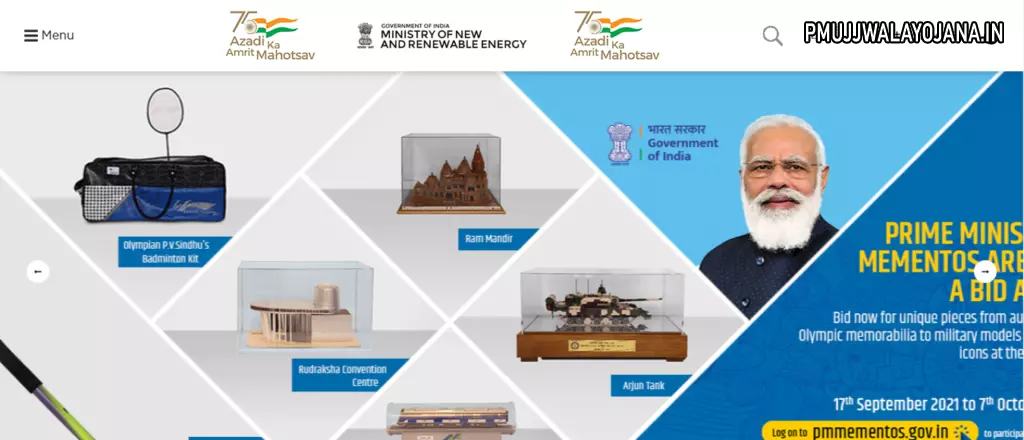How to Apply Online for PM Kusum Yojana 2025 and Check Your Application Status
PM Kusum Yojana is a government scheme started by the Ministry of New and Renewable Energy (MNRE) to help farmers earn more and use clean energy for irrigation. This scheme lets you install solar-powered pumps and other renewable energy systems to water your crops easily and save on electricity.
PM Kusum Yojana began in 2019 and continues to support farmers in 2025. It offers a large subsidy and loan options so you can afford solar pumps and reduce electricity costs.

Overview of PM Kusum Yojana 2025
PM Kusum Yojana (Pradhan Mantri Kisan Urja Suraksha evam Utthaan Mahabhiyan) aims to increase farmers’ income by promoting solar energy use in agriculture. It supports farmers who want to set up solar pump sets for irrigation and solar power plants near their farms. Under this scheme, you can get a subsidy of up to 60% to lower the cost of solar pumps, and the government also offers loans for 30% of the cost. This makes it easier for you to use solar technology to water your crops and save on electricity.
Latest Updates and Changes in PM Kusum Yojana
- The scheme is extended until March 31, 2026, with all three main parts continuing without changes.
- Special financial support is available for pumps up to 15 horsepower in North Eastern states, Jammu and Kashmir, Ladakh, Himachal Pradesh, and Uttarakhand.
- A budget of ₹10,000 crore approved by CCEA will be used first before more funds are released.
- The need to use solar cells for feeder-level solarisation (Component C) has been removed to make it easier to implement.
PM Kusum Scheme – Quick Overview
| Scheme Name | PM Kusum Yojana |
| Started By | Ministry of New and Renewable Energy (MNRE), Government of India |
| Objective | Increase farmers’ income using solar energy |
| Beneficiaries | All farmers in India |
| Year Started | 2019 |
| Official Website | https://pmkusum.mnre.gov.in/ |
Goals of PM Kusum Yojana
This scheme aims to install solar pumps and power plants on farms to help farmers irrigate crops, save electricity, and earn extra income by selling unused solar power back to the grid. Farmers, groups of farmers, panchayats, and cooperatives can apply. The government gives 60% subsidy, 30% loan and farmers pay only 10% of the cost.
Using solar energy also protects the environment and makes farming more sustainable.
Benefits of PM Kusum Yojana 2025
- Helps farmers earn steady income by selling solar power
- Saves electricity costs and reduces use of diesel pumps
- Protects groundwater by controlling irrigation
- Reduces pollution and promotes eco-friendly farming
- Lowers financial burden with large subsidies and loan support
Main Parts of PM Kusum Yojana
Part A
- Setting up 10,000 MW of small solar power plants near farms.
- These will be built by farmers, cooperatives, panchayats within 5 km of a sub-station.
Part B
- Help for farmers to buy standalone solar pumps (up to 7.5 HP) worth up to ₹17.5 lakh.
- This replaces old diesel pumps with solar-powered ones.
Part C
- Solarisation of existing grid-connected agriculture pumps.
- Farmers get support to convert pumps to solar power.
- Electricity companies buy extra power at fixed prices.
State-wise Implementing Agencies for PM Kusum Yojana
Each state has appointed agencies to manage PM Kusum Yojana. Here are some of them:
| State | Implementing Agency |
| Assam | Assam Power Distribution Company Limited |
| Chhattisgarh | Chhattisgarh State Power Distribution Company Limited |
| Delhi | Electricity Distribution Company |
| Haryana | Dakshin Haryana Bijli Vitran Nigam & Uttar Haryana Bijli Vitran Nigam |
| Goa | Goa Energy Development Agency |
| Gujarat | Gujarat Energy Development Agency |
| Himachal Pradesh | HIMURJA |
| Jammu & Kashmir | Jammu And Kashmir Energy Development Agency |
| Jharkhand | Jharkhand Bijli Vitran Nigam Limited (JBVNL) |
| Kerala | Kerala State Electricity Board (KSEB) |
| Madhya Pradesh | Madhya Pradesh Urja Vikas Nigam Limited |
| Maharashtra | Maharashtra State Electricity Distribution Company Limited |
| Punjab | Punjab Energy Development Agency (PEDA) |
| Rajasthan | Rajasthan Renewable Energy Corporation Limited |
| Tamil Nadu | Tamil Nadu Generation & Distribution Corporation Ltd. |
| Telangana | Telangana State Renewable Energy Development Corporation Ltd. |
| Tripura | Tripura State Electricity Corporation Ltd. |
| Uttar Pradesh | Uttar Pradesh New and Renewable Energy Development Agency |
How to Apply for PM Kusum Yojana 2025 Online
- Visit the official Ministry of New and Renewable Energy website: https://mnre.gov.in/
- Fill out the online application form for PM Kusum Yojana.
- Upload necessary documents like Aadhaar card, land records (Khasra Khatauni), bank passbook, and declaration forms.
- Submit the form and wait for approval from the authorities.
- Once approved, you will be registered under PM Kusum Yojana and can get the subsidy and loan benefits.

How to Get MNRE Certificate
After registering, you can get the Ministry of New and Renewable Energy (MNRE) certificate from their official website. If you want to take a loan under PM Kusum, visit the nearest bank offering loans for this scheme with your documents and apply.
Frequently Asked Questions (FAQs)
When was PM Kusum scheme started?
PM Kusum scheme was launched by the government of India in July 2019 to help farmers use renewable energy.
What subsidy does MNRE offer under PM Kusum?
Farmers get 60% subsidy on solar pump costs and easy loans for 30%, so they pay only 10% themselves.
Can farmers get loans from banks under this scheme?
Yes, many banks including rural, private and public sector banks offer loans for the PM Kusum scheme.
Using solar pumps under PM Kusum not only helps you save money but also supports clean energy growth. If you want to make farming easier and more profitable, you should apply for PM Kusum Yojana 2025 today.